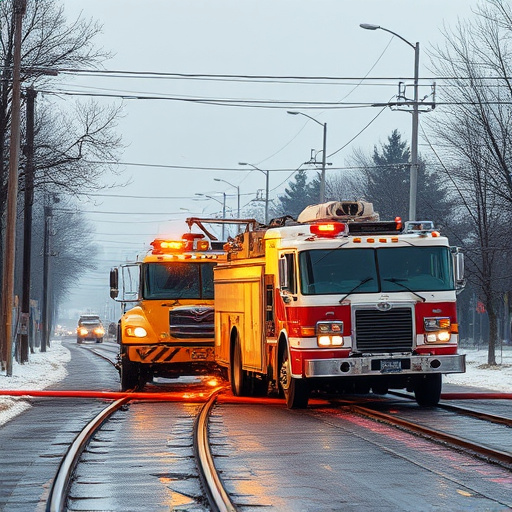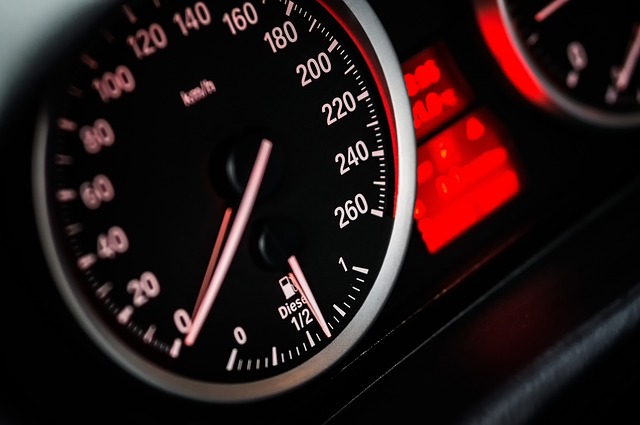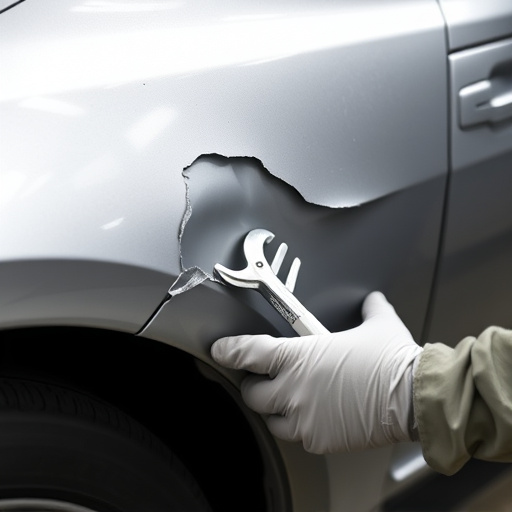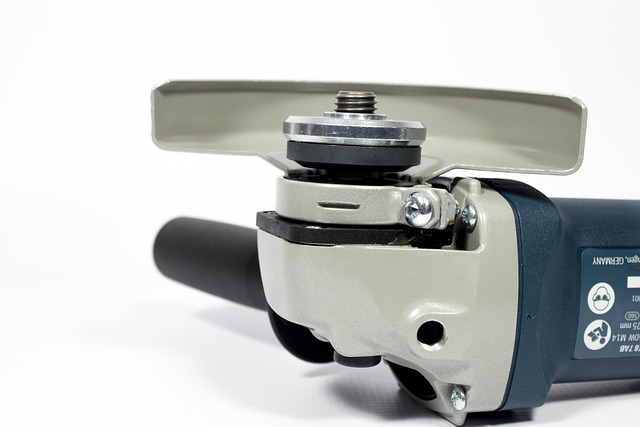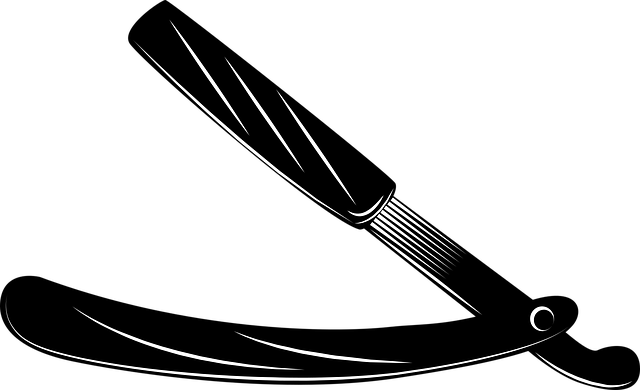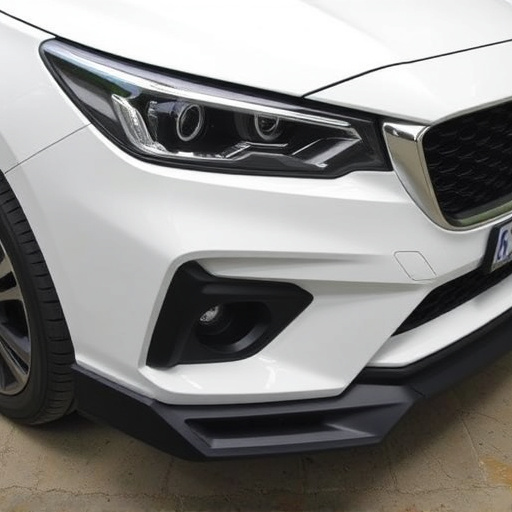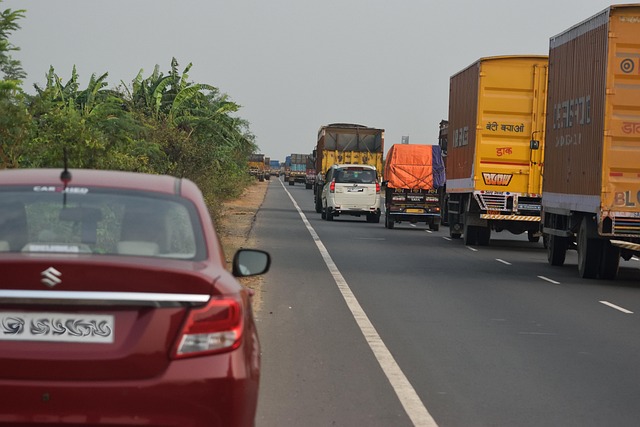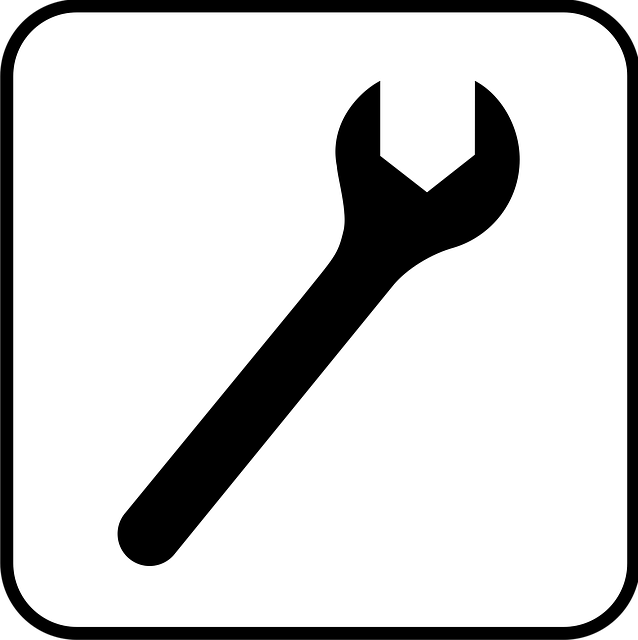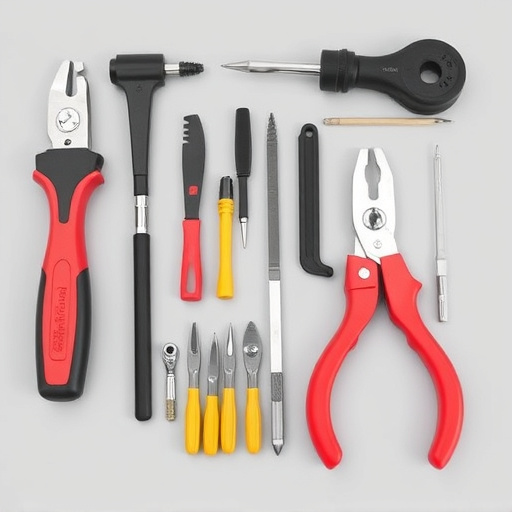After a collision, subtle signs like uneven tire wear, pulling to one side, or steering wheel vibrations may indicate compromised steering alignment. Misalignment can lead to handling issues, reduced safety, and accelerated tire wear. Prompt professional auto body repair services specializing in collision repair are crucial for restoring proper alignment, ensuring safe and optimal vehicle performance.
After a crash, proper steering alignment is crucial for both vehicle safety and performance. This article delves into the subtle signs indicating misalignment, ranging from physical indicators like uneven tire wear to indirect clues such as handling anomalies. Understanding these symptoms is essential for drivers to ensure their vehicle’s stability and safety post-collision, avoiding potential hazards on the road. Recognizing these issues promptly can lead to timely repairs, enhancing both driving experience and peace of mind.
- Recognizing Physical Signs of Misalignment
- Uncovering Indirect Indicators Post-Collision
- The Impact on Vehicle Performance and Safety
Recognizing Physical Signs of Misalignment

After a crash, it’s crucial to recognize potential symptoms of bad steering alignment. One of the most immediate physical signs is a noticeable change in how your vehicle handles. This could manifest as uneven tire wear, with one side appearing more worn than the other. Additionally, you might experience steering wheel vibration or irregularity while driving straight, which indicates that the wheels are not properly aligned.
Another clue lies in visual inspections. Look for gaps or misalignments between components like fenders, doors, and headlights. These discrepancies suggest that the frame or suspension has been affected by the collision. If you suspect any issues with your vehicle’s steering alignment following a crash, it’s advisable to seek professional assistance from an auto body services provider or automotive body shop specializing in automotive collision repair to ensure safety and optimal performance.
Uncovering Indirect Indicators Post-Collision

After a collision, it’s not always immediately apparent if there’s an issue with your steering alignment. This is where paying close attention to certain indirect indicators becomes crucial. One subtle sign could be uneven tire wear; check for disparities in the tread depth on each side of your tires. This might suggest that your vehicle’s wheels are not aligned properly, leading to unequal distribution of pressure while driving. Another indicator to look out for is a car that pulls to one side when you’re trying to steer straight—a clear sign that something is amiss with the steering alignment.
Additionally, if you notice vibrations or a peculiar noise coming from your steering wheel while turning, this could point to misaligned wheels. Over time, a vehicle’s body can shift and become misaligned due to accidents or even just regular wear and tear. Proper alignment ensures smooth driving, so addressing these indirect indicators is vital, whether it involves simple adjustments or more comprehensive car damage repair and car body restoration procedures.
The Impact on Vehicle Performance and Safety

When a vehicle experiences a collision, the impact can disrupt the delicate balance of its steering alignment, leading to significant issues in performance and safety. A car’s steering system is responsible for enabling drivers to navigate turns with precision, and any misalignment caused by a crash can result in handling problems. The consequences are felt not only in the car’s responsiveness but also in the driver’s control and overall stability on the road.
Misaligned wheels after a collision can cause uneven tire wear, affecting vehicle tracking and potentially leading to unsafe driving conditions. What’s more, incorrect steering alignment may contribute to increased body roll during turns, compromising both comfort and safety. Reputable vehicle repair services specializing in collision repair often offer advanced technology to accurately assess and rectify these problems. Prompt attention to steering alignment issues after a crash is crucial for ensuring the safe return of your vehicle to the road, and professional collision repair services are equipped to handle these delicate repairs, including dent repair where necessary, to restore your car’s performance and safety features.
After a crash, it’s crucial to inspect your vehicle for signs of improper steering alignment. Beyond visible damage, look for irregular tire wear, vibrations while driving, and handling issues. If you suspect misalignment, address it promptly for optimal vehicle performance and safety. Regular alignment checks are essential maintenance practices to prevent long-term complications stemming from a steering alignment after collision.

